Home>diy>Architecture & Design>What Is A Facade In Architecture
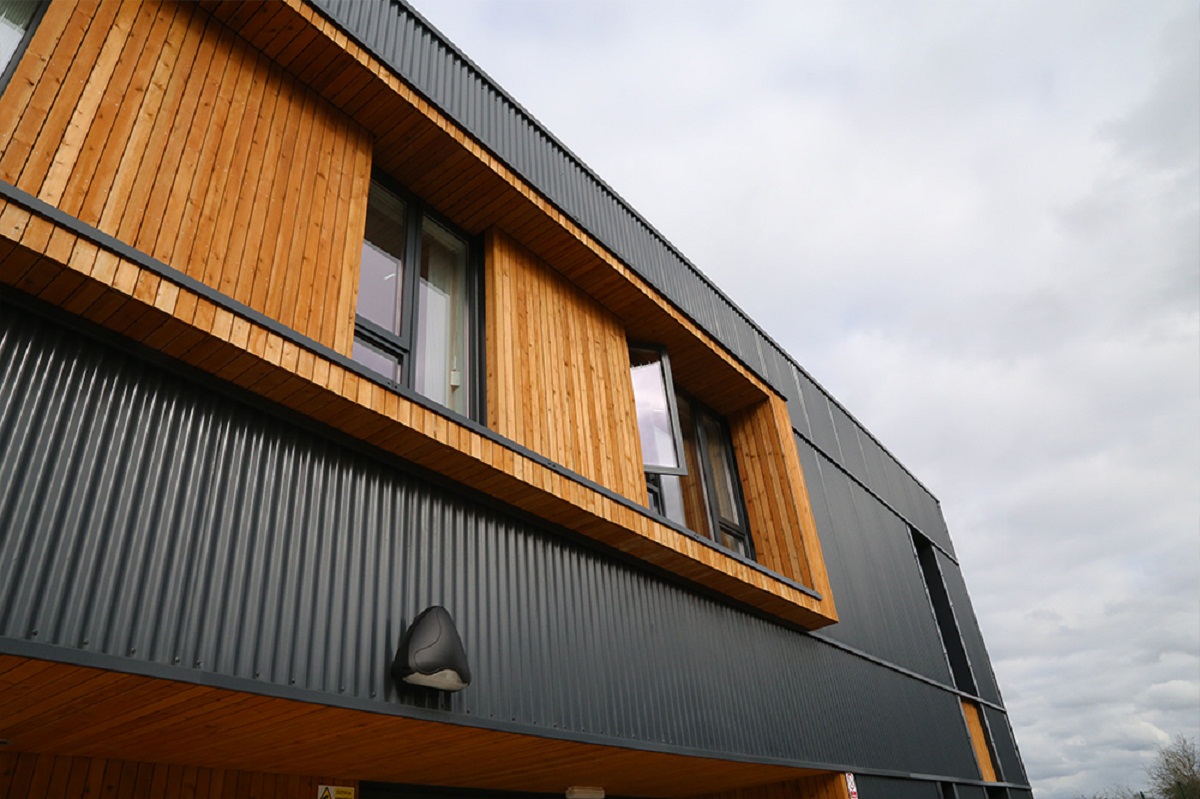

Architecture & Design
What Is A Facade In Architecture
Modified: April 23, 2024
Learn about the concept of facade in architecture design and its significance. Gain insights into how facades enhance the aesthetic appeal and functionality of buildings
(Many of the links in this article redirect to a specific reviewed product. Your purchase of these products through affiliate links helps to generate commission for Storables.com, at no extra cost. Learn more)
Introduction
In the world of architecture and design, the facade plays a crucial role in shaping the overall appearance and functionality of a building. It is the outer face of a structure, the first thing that catches the eye, and often the defining element that sets a building apart from others. From ancient civilizations to modern skyscrapers, facades have been an integral part of architectural design.
A facade, in simple terms, is the front-facing exterior of a building. It is the part that meets the street or public space and serves as the visual representation of a structure. However, a facade is much more than just a decorative feature. It is an essential component that embodies the architectural style, character, and identity of a building.
The design and construction of a facade require careful planning and consideration. Architects and designers must balance aesthetic appeal, functionality, structural integrity, and sustainability to create a successful facade. In this article, we will explore the definition, importance, elements, types, materials, and trends in facade design, as well as highlight some iconic examples of facades in architecture.
Key Takeaways:
- Facades are more than just decorative features; they are essential components that embody a building’s identity, functionality, and sustainability, contributing to the overall success of architectural design.
- From traditional to contemporary styles, facades have evolved to incorporate innovative materials, technologies, and sustainable practices, shaping the visual identity, functionality, and sustainability of buildings.
Read more: What Is A Facade?
Definition of Facade
A facade, in architecture, refers to the exterior face or frontage of a building. It is the part that is visible from the street or public space and serves as a representation of the building’s style and character. The term “facade” originated from the French word “façade,” which means “frontage” or “face.”
More than just a superficial element, the facade acts as a protective layer, shielding the building from weather elements such as rain, wind, and sun. It also plays a role in controlling the internal environment of the building, regulating temperature, light, and ventilation. The facade is a critical component that combines both aesthetic and functional considerations.
The design of a facade is an opportunity for architects and designers to express their creativity and showcase the unique features of a building. It can reflect the architectural style, cultural influences, and design philosophies of a particular era. Whether it is a traditional, modern, minimalist, or avant-garde design, the facade sets the first impression and establishes a visual identity for the building.
Furthermore, the facade can also communicate the purpose and function of a building. For example, a commercial building might have a sleek and contemporary facade to convey a sense of professionalism and efficiency. On the other hand, a cultural or religious building might have intricate details and symbolic elements that reflect its significance and purpose.
With advancements in technology and building techniques, facades have evolved beyond their traditional roles. Modern facades can incorporate energy-efficient features, such as solar panels, shading devices, and insulation, to improve the building’s sustainability and reduce its environmental impact. Facades can also incorporate digital displays, interactive elements, and smart technologies to create engaging and dynamic visual experiences.
In essence, the facade is more than just the “face” of a building. It is a multi-functional element that combines aesthetics, functionality, and innovation to create a visually striking and purposeful structure.
Importance of Facades in Architecture
Facades are not merely decorative features; they play a crucial role in architecture and design. Here are some of the key reasons why facades are important:
- Visual Impact: The facade is the first thing that captures attention and leaves a lasting impression. It is an opportunity for architects and designers to showcase their creativity and design philosophy. A well-designed facade can make a building stand out in its surroundings and become an iconic landmark.
- Identity and Branding: The facade represents the identity and brand of a building or institution. It tells a story and communicates the purpose and values of the organization it houses. For example, a contemporary and sleek facade can convey a sense of innovation and progress, while a historic and ornate facade can indicate a sense of tradition and heritage.
- Functionality: Facades serve as a protective barrier between the interior and the external environment. They shield the building from weather elements, minimize heat gain or loss, provide natural lighting, and regulate ventilation. The design of the facade is crucial in creating a comfortable and energy-efficient internal space.
- Cultural and Symbolic Significance: Facades can embody cultural influences, traditions, and symbolism. They can reflect regional architectural styles, historical periods, or cultural motifs, serving as a connection to the context and heritage of a place. Additionally, facades of religious or cultural buildings often feature symbolic elements that hold deep meaning for the community.
- Enhancing User Experience: The facade has the power to create a sense of anticipation and intrigue for people entering a building. It can guide the flow of visitors, create a welcoming atmosphere, and provide a glimpse of what lies beyond the entrance. A thoughtfully designed facade can enhance the overall user experience and leave a positive impression.
- Sustainability: In recent years, facades have become a focal point for incorporating sustainable design practices. Integration of energy-efficient technologies, such as solar panels, green walls, or shading devices, can significantly reduce a building’s energy consumption. Facades can also utilize materials with high thermal performance, reducing the reliance on heating or cooling systems.
Overall, facades are integral to the success of a building. They not only contribute to the aesthetic value but also impact the functionality, sustainability, and user experience, making them a critical consideration in architectural design.
Elements of a Facade
A well-designed facade is composed of various elements that work together to create a visually appealing and functional exterior. These elements are carefully selected and integrated to achieve a cohesive and harmonious design. Here are some of the key elements that contribute to the composition of a facade:
- Exterior Walls: The exterior walls are the primary component of a facade. They provide the physical barrier between the interior and the external environment. The selection of materials, such as brick, stone, concrete, glass, or metal, determines the visual and tactile qualities of the facade.
- Windows and Openings: Windows and openings play a significant role in the composition of a facade. They contribute to the visual character of the building and allow natural light to enter the interior space. The size, shape, placement, and style of windows can vary depending on the architectural style and functional requirements of the building.
- Doors and Entrances: Doors and entrances are focal points of a facade and serve as the access points to the building. They can be designed to be grand and welcoming or discreet and functional, depending on the purpose of the building. Architectural details, such as arches, columns, or ornamental frames, can enhance the visual appeal of entrances.
- Roofline and Cornice: The roofline and cornice are important architectural elements that define the top edge of the building. They contribute to the overall silhouette and aesthetic of the facade. The design of the roofline can vary from flat to pitched, while the cornice can be simple or elaborate, adding depth and character to the facade.
- Ornamental Details: Ornamental details, such as moldings, friezes, carvings, or decorative motifs, can add visual interest and complexity to a facade. These details are often influenced by the architectural style and can be used to emphasize specific features or create a sense of rhythm and balance in the design.
- Color and Material Palette: The choice of colors and materials significantly impacts the visual appearance of a facade. Different materials, textures, and finishes can create contrasting or complementary effects. Additionally, color selection can evoke specific emotions or convey a particular design intent.
- Proportions and Scale: The proportions and scale of elements within a facade are essential considerations in achieving a balanced and harmonious design. Careful attention is given to the relationship between different architectural features to create an aesthetically pleasing composition.
These elements work together to create a visually striking facade that reflects the architectural style, functions effectively, and enhances the overall character of the building. Architects and designers carefully consider the integration of these elements to achieve a cohesive and visually pleasing design.
Functions of a Facade
The facade of a building serves multiple functions, beyond just being an attractive exterior component. It plays a significant role in the performance and functionality of a structure. Here are some of the key functions of a facade:
- Weather Protection: One of the primary functions of a facade is to protect the building from external weather conditions. It acts as a barrier, shielding the interior from elements such as rain, wind, snow, and extreme temperatures. Properly designed and constructed facades prevent water infiltration, heat loss or gain, and minimize the damaging effects of weather on the structure.
- Thermal Regulation: The facade plays a vital role in regulating the internal temperature of a building. It helps to control heat transfer, minimizing energy consumption for heating and cooling. Insulation materials and techniques integrated into the facade can enhance thermal performance, reducing energy bills and creating a comfortable living or working environment.
- Natural Light and Ventilation: Facades are designed to optimize natural light and ventilation within a building. The strategic placement of windows, skylights, and openings allows for the entry of daylight, reducing the need for artificial lighting. Properly designed facades can also facilitate natural ventilation, enhancing indoor air quality and reducing reliance on mechanical systems.
- Noise Reduction: A well-designed facade can help to mitigate external noise, creating a quieter and more comfortable interior environment. By using sound-absorbing materials and incorporating soundproofing techniques, facades can minimize the impact of noise pollution from busy streets or neighboring buildings.
- Safety and Security: Facades contribute to the safety and security of a building. They can be designed to resist fire and provide a barrier against unauthorized access. Safety features such as impact-resistant windows, reinforced doors, and security systems can be integrated into the facade design.
- Brand and Identity: The facade serves as a visual representation of a building’s brand and identity. It communicates the purpose and values of the organization it houses. A well-designed facade can create a positive impression and leave a lasting impact on individuals, establishing a sense of familiarity and recognition.
- Integration of Technology: Modern facades can incorporate advanced technologies for enhanced functionality. Integration of solar panels, smart glass, or interactive displays can transform facades into active energy generators, responsive surfaces, or platforms for communication and engagement.
These functions highlight the multifaceted role that the facade plays in architecture. Beyond its aesthetic appeal, the facade is a crucial component that contributes to the comfort, sustainability, safety, and overall performance of a building.
Read more: What Is A Brick Facade
Types of Facades
Facades come in various types, each with its unique characteristics, architectural styles, and design elements. The choice of facade type depends on factors such as the building’s function, location, climate, and desired aesthetic. Here are some of the common types of facades:
- Traditional Facade: This type of facade is characterized by its adherence to historical architectural styles. It often features classical elements such as columns, pediments, arches, and ornate details. Traditional facades can be found in buildings inspired by Greek, Roman, Gothic, or Renaissance architecture.
- Modernist Facade: Modernist facades emerged in the early 20th century as a departure from traditional styles. They emphasize clean lines, simple forms, and minimal ornamentation. Modernist facades often incorporate large windows, flat surfaces, and geometric shapes, reflecting the principles of functionality and simplicity.
- Contemporary Facade: Contemporary facades encompass a broad range of architectural styles that are popular today. These facades often combine modern and innovative design elements with local influences and sustainable strategies. Contemporary facades can be characterized by bold forms, use of new materials, and unconventional shapes.
- Glass Facade: Glass facades are characterized by extensive use of glass panels as the primary material. They provide a transparent and lightweight appearance, allowing ample natural light to enter the building. Glass facades are frequently utilized in commercial buildings, high-rise towers, and modern architectural designs.
- Curtain Wall Facade: A curtain wall facade is a non-structural, lightweight enclosure system that is attached to the building’s structure. It typically consists of glass panels held together by metal frames or supports. Curtain wall facades can create a sleek and contemporary appearance while offering flexibility in design and energy efficiency.
- Ventilated Facade: Ventilated facades incorporate an air cavity between the exterior cladding and the building envelope. This design allows for natural ventilation and improves thermal performance by reducing heat transfer. Ventilated facades are known for their energy-saving capabilities and are often seen in sustainable and environmentally-conscious buildings.
- Adaptive Facade: Adaptive facades are designed with flexibility in mind and can adapt to changing environmental conditions. They utilize smart technologies such as sun-tracking louvers, adjustable shading systems, or responsive materials to optimize energy efficiency, daylighting, and occupant comfort.
These are just a few examples of the types of facades found in architectural design. Each type offers its distinct visual appeal, functional attributes, and response to the surrounding context. The choice of facade type depends on the architectural vision, desired performance, and the desired integration of the building with its environment.
When designing a facade in architecture, consider the use of materials, textures, and patterns to create visual interest and depth. Experiment with light and shadow to enhance the overall aesthetic appeal of the building.
Materials Used for Facades
When it comes to facades, the choice of materials is crucial as they determine not only the aesthetic appearance but also the durability, sustainability, and performance of the building. Here are some of the common materials used for facades:
- Brick: Bricks have been a popular choice for facades for centuries. They offer durability, versatility, and a classic look. Brick facades can be found in various styles and patterns, from traditional red clay bricks to modern glazed or textured bricks.
- Stone: Natural stone, such as granite, limestone, or marble, provides a timeless and elegant look to facades. Stone facades are known for their durability, resistance to weathering, and ability to give a building a sense of permanence and prestige.
- Concrete: Concrete is a versatile material that can be used in various forms for facades. It can be left exposed for an industrial look or can be textured, molded, or stained to create a range of aesthetic effects. Concrete facades offer durability, fire resistance, and design flexibility.
- Glass: Glass facades have gained popularity due to their ability to create a sleek and modern appearance while allowing ample natural light into the building. Different types of glass, such as clear, tinted, or frosted, can be used to achieve specific design and performance objectives.
- Metal: Metal facades, including steel, aluminum, and zinc, offer a contemporary and industrial aesthetic. Metal panels can be fabricated in various shapes and sizes, providing design versatility. Metal facades are known for their durability, weather resistance, and ease of maintenance.
- Wood: Wood facades bring warmth and natural beauty to buildings. Various types of wood, such as cedar, oak, or teak, can be used to create facades. Wood facades require regular maintenance, but they offer a timeless appeal and can be used to achieve a range of architectural styles.
- Composite Materials: Composite materials, such as fiber cement, high-pressure laminates, or polycarbonate panels, offer a balance between durability, aesthetics, and ease of installation. These materials are lightweight, can be produced in different colors and finishes, and often provide additional thermal and acoustic insulation.
- Specialized Materials: With advancements in technology, facades can incorporate specialized materials such as photovoltaic panels, ETFE (ethylene tetrafluoroethylene) foils, or bio-based materials. These innovative materials can contribute to energy efficiency, sustainability, or even provide interactive features.
Each material has its unique characteristics, aesthetic qualities, and technical properties. The choice of material for a facade depends on factors such as the architectural vision, budget, climate, maintenance requirements, and desired performance of the building.
Additionally, many facades combine different materials to achieve a desired effect. For example, a facade may feature a combination of glass and metal panels or combine stone cladding with sections of wood. The combination of materials adds visual interest and allows for creative expression in architectural design.
Examples of Iconic Facades in Architecture
Throughout history, there have been numerous buildings with iconic facades that have captivated the world with their design and innovation. Here are a few examples of buildings with remarkable facades:
- Sydney Opera House, Australia: Designed by Danish architect Jørn Utzon, the Sydney Opera House is an architectural masterpiece that features a series of sail-like, shell-shaped facades. The white ceramic tiles and the unique form of the facades have made it an iconic symbol of Australian architecture.
- Guggenheim Museum Bilbao, Spain: Designed by Frank Gehry, the Guggenheim Museum in Bilbao showcases a deconstructivist style facade composed of curving titanium sheets. The bold and dynamic facade has become an emblem of modern architecture and revitalized the cityscape.
- Parthenon, Greece: The Parthenon, a temple dedicated to the goddess Athena, boasts a timeless classical facade. The carefully proportioned columns, pediments, and intricate friezes exemplify the elegance and precision of Ancient Greek architecture.
- Flatiron Building, New York City: The Flatiron Building, with its iconic triangular shape, is a symbol of New York City. The Beaux-Arts style facade, clad in white terra cotta, showcases intricate ornamentation and epitomizes the skyscraper architecture of the early 20th century.
- Burj Khalifa, Dubai: As the tallest building in the world, the Burj Khalifa features a sleek and futuristic facade. The curtain wall system, composed of reflective glass panels, creates a shimmering effect and reflects the surrounding skyline, adding to its awe-inspiring presence.
- Hagia Sophia, Istanbul: The Hagia Sophia is an architectural marvel renowned for its historic Byzantine design. The facade displays an impressive combination of intricate masonry, arched windows, and geometric motifs, representing a fusion of various architectural influences.
- Louvre Museum Pyramid, Paris: Designed by I.M. Pei, the Louvre Museum’s glass pyramid entrance has become an iconic symbol of modern architectural design. The transparent and geometrically precise facade of the pyramid beautifully juxtaposes with the historic surroundings, creating a harmonious blend of past and present.
- Jin Mao Tower, Shanghai: This skyscraper in Shanghai features a stunning facade composed of sleek blue glass curtain walls with traditional Chinese architectural elements incorporated into its design. The combination of modern architecture and cultural references makes it a distinctive landmark.
These examples demonstrate the wide range of architectural styles, materials, and design concepts that can result in iconic facades. They showcase how a thoughtfully designed facade can become a symbol of a city, a cultural icon, or a testament to architectural ingenuity.
Contemporary Trends in Facade Design
Facade design is constantly evolving, driven by advancements in technology, changing architectural trends, and a growing emphasis on sustainability. Here are some contemporary trends in facade design:
- Sustainable Design: With a growing focus on environmental impact, facades are incorporating sustainable features. Green facades and living walls are becoming more prevalent, adding vegetation to the building’s exterior for improved thermal insulation and air quality. Use of energy-efficient glazing, solar panels, and smart shading systems is also on the rise.
- Parametric Design: Parametric design involves using algorithms to generate complex and dynamic facades. It enables architects to create intricate patterns, shapes, and surface effects that respond to site-specific conditions. Parametric design allows for customization, optimization, and efficient use of materials.
- Digital Integration: Facades are increasingly incorporating digital technologies. LED screens, interactive displays, and programmable lighting systems are being integrated into building facades, creating dynamic visual experiences and opportunities for artistic expression.
- Biomimicry: Inspired by nature, biomimicry in facade design involves emulating the patterns, textures, and functionality found in the natural world. This approach can result in facades that regulate temperature, capture water, or adapt to changing environmental conditions, creating more resilient and sustainable buildings.
- 3D Printing: The use of 3D printing technology is gaining ground in facade design, offering increased possibilities for customizability and intricate detailing. 3D printed facades can be created with precision, allowing for complex forms and textures that were challenging to achieve with traditional construction methods.
- High-Performance Materials: Advancements in material science have led to the development of high-performance facade materials. Innovative materials, such as aerogels, smart glass, and self-cleaning coatings, offer enhanced thermal insulation, light control, and durability. These materials contribute to energy efficiency and reduce maintenance requirements.
- Adaptive Facades: Adaptive facades can respond to changing external conditions, optimizing energy use and occupant comfort. They utilize sensors, actuators, and smart controls to adjust shading, ventilation, and lighting systems in real-time, making them more energy-efficient and adaptable to different weather and occupancy scenarios.
- Emphasis on Daylighting: Facade designs are increasingly focused on maximizing natural light penetration into the building. This is achieved through strategic placement of windows, light wells, and light-shaping elements to create a well-lit environment, reduce the reliance on artificial lighting, and enhance the overall occupant experience.
These trends demonstrate a shift towards holistic and innovative approaches to facade design. Architects and designers are embracing technology, sustainability, and the principles of biophilia to create facades that not only enhance aesthetics but also address energy efficiency, occupant well-being, and environmental impact.
Read more: What Is The Facade Of A House
Sustainable Facades in Architecture
The concept of sustainability has become increasingly important in architecture, and facades play a significant role in achieving sustainable design. Sustainable facades go beyond aesthetics to integrate energy efficiency, resource conservation, and environmental responsibility. Here are some key principles and strategies for creating sustainable facades:
- Thermal Performance: Sustainable facades prioritize insulation and thermal control to reduce energy consumption for heating and cooling. High-performance materials, such as low-emissivity glass and thermally efficient insulation, help minimize heat transfer and maintain comfortable interior temperatures.
- Renewable Energy Integration: Facades can incorporate renewable energy technologies to generate power. Solar panels or building-integrated photovoltaics (BIPV) can be integrated into the facade design, harnessing sunlight to provide on-site renewable energy and reduce reliance on grid power.
- Natural Ventilation: Sustainable facades allow for natural ventilation, reducing reliance on mechanical cooling systems. Strategically placed windows, operable vents, or automated louvers enable the flow of fresh air, enhancing indoor air quality and reducing energy consumption.
- Shading and Sun Control: Effective sun control strategies minimize excessive solar heat gain and glare. External shading devices such as brise-soleil, vertical fins, or perforated screens can be incorporated into the facade design to provide shade, maintain visual comfort, and reduce cooling loads.
- Water Management: Sustainable facades address water management through strategies like rainwater harvesting or greywater recycling. Facades can be designed to incorporate collection systems, such as green roofs or rain screen cladding, to capture and reuse water, reducing the strain on municipal resources.
- Recycled and Low-Impact Materials: Sustainable facades prioritize the use of recycled or low-impact materials. This includes materials with a low carbon footprint, such as reclaimed wood, recycled metals, or responsibly sourced stone. These materials reduce resource consumption and promote a circular economy.
- Biodiversity and Greenery: Incorporating living elements into facades promotes biodiversity and enhances environmental sustainability. Green facades, vertical gardens, or green roofs not only provide insulation and reduce heat island effects but also contribute to air purification, biodiversity, and human well-being.
- Smart Building Systems: Sustainable facades can integrate smart technologies to optimize building performance. Automated controls, sensors, and energy management systems can monitor environmental conditions, occupancy, and energy use, allowing for real-time adjustments and energy savings.
Sustainable facades aim to create environmentally responsible buildings that minimize energy consumption, reduce carbon emissions, and promote occupant well-being. Through innovative design, efficient technologies, and thoughtful material selections, sustainable facades contribute to a more sustainable built environment.
By incorporating these principles and strategies into facade design, architects and designers have the opportunity to create buildings that are not only visually striking but also environmentally responsible, promoting a more sustainable and resilient future.
Conclusion
Facades play a pivotal role in architecture and design, shaping the visual identity, functionality, and sustainability of buildings. From traditional to contemporary styles, facades have evolved to incorporate innovative materials, technologies, and sustainable practices.
The facade is not just a decorative element; it serves multiple functions such as weather protection, thermal regulation, natural lighting, and ventilation. It communicates the brand and identity of a building, enhances user experiences, and contributes to the overall performance and efficiency of a structure.
Architects and designers now have access to a wide range of materials and construction techniques to create visually striking and sustainable facades. From brick and stone to glass and high-performance composites, materials are selected to provide durability, energy efficiency, and aesthetic appeal.
Contemporary trends in facade design emphasize sustainable practices, digital integration, and biomimicry. The focus on sustainability includes designing facades that optimize energy use, incorporate renewable energy sources, and promote natural ventilation and daylighting.
As technology continues to advance, facade design will further integrate smart systems, 3D printing, and adaptive features. This will enhance the flexibility, efficiency, and responsiveness of facades to changing environmental conditions and occupant needs.
In conclusion, facades are more than just the outer face of a building; they are key components that embody the vision, values, and functionality of architecture. By embracing innovation, sustainability, and artistic expression, architects and designers can create facades that inspire, engage, and contribute to a more sustainable and visually captivating built environment.
Frequently Asked Questions about What Is A Facade In Architecture
Was this page helpful?
At Storables.com, we guarantee accurate and reliable information. Our content, validated by Expert Board Contributors, is crafted following stringent Editorial Policies. We're committed to providing you with well-researched, expert-backed insights for all your informational needs.
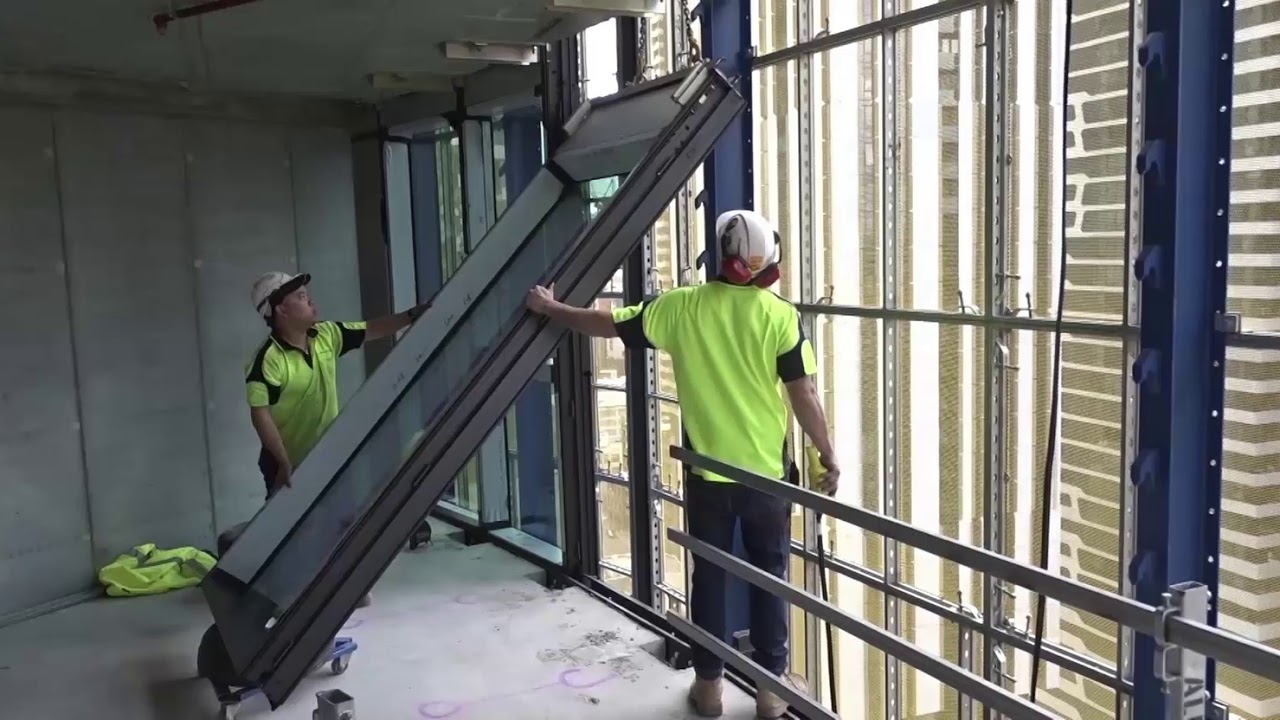

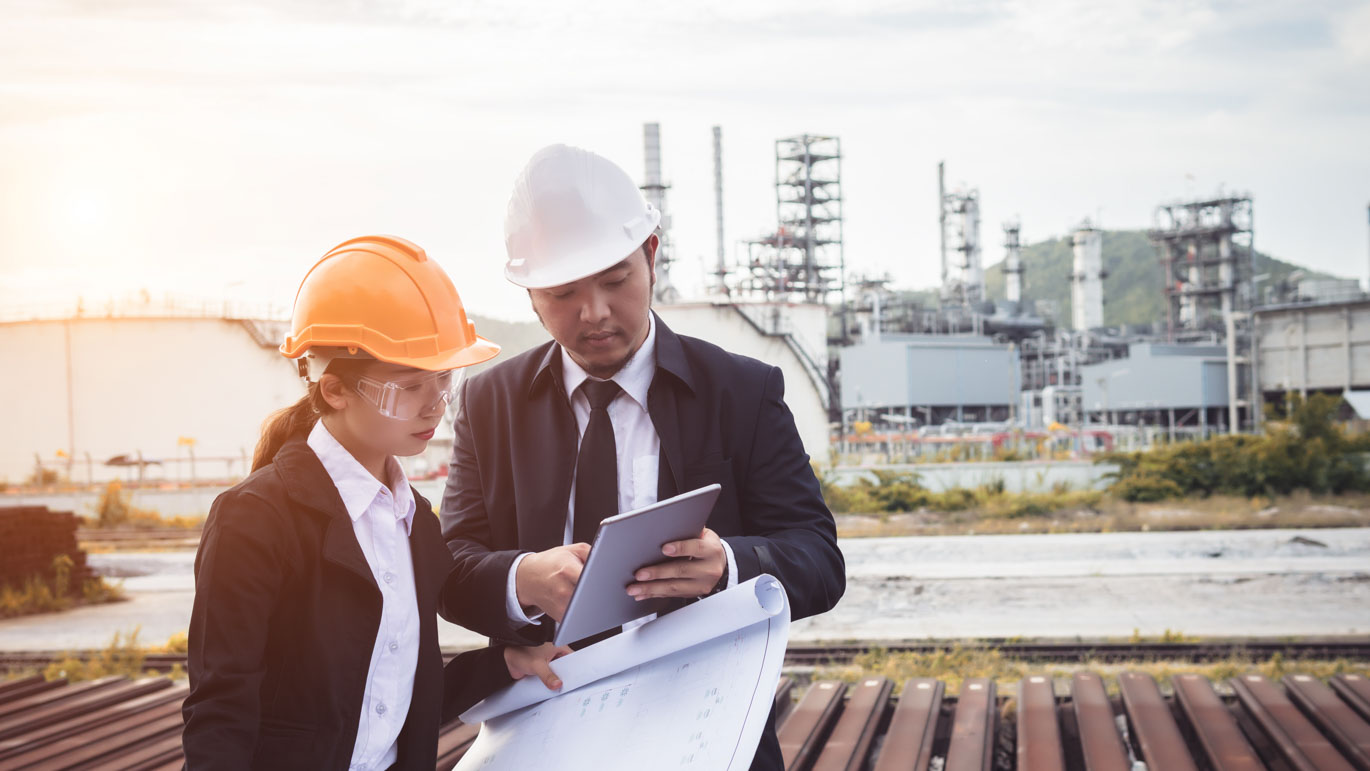
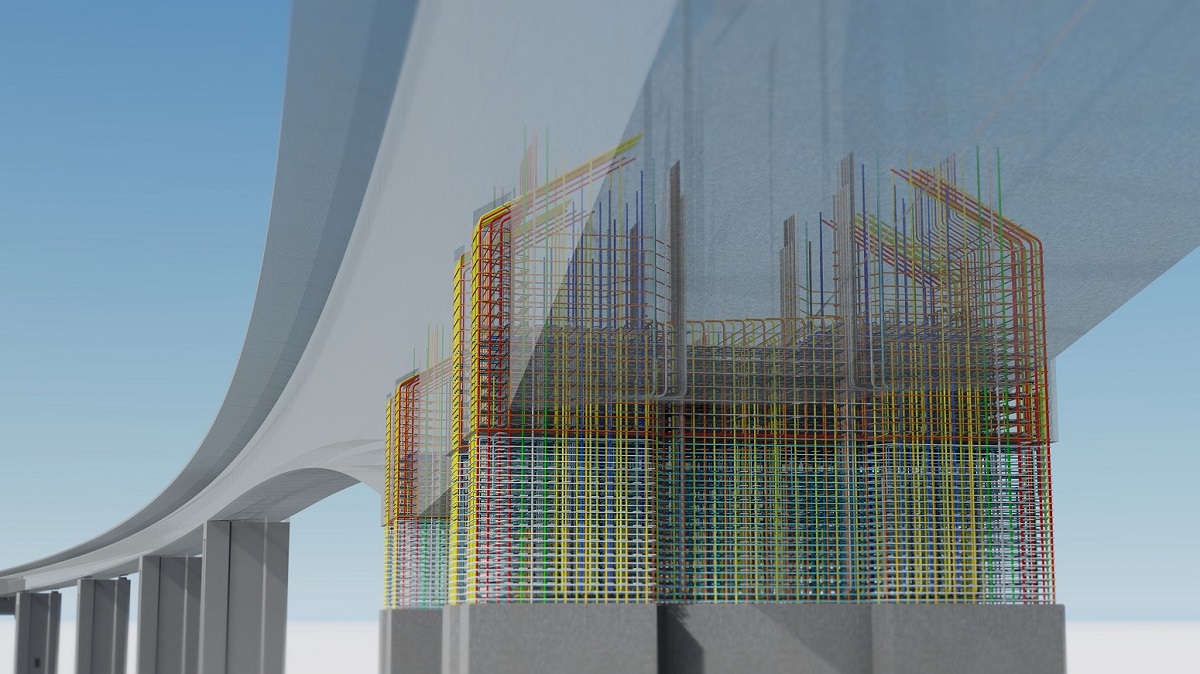
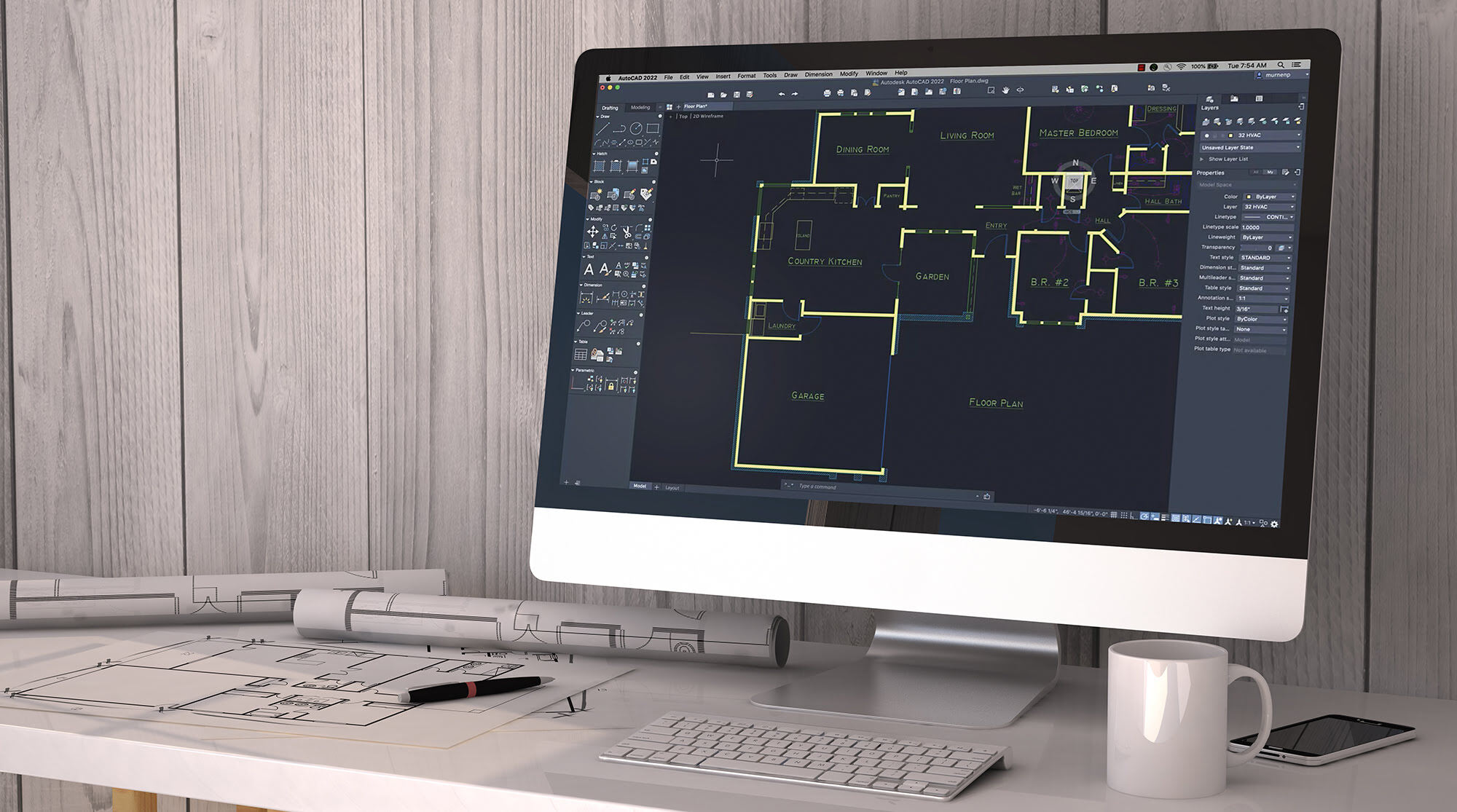


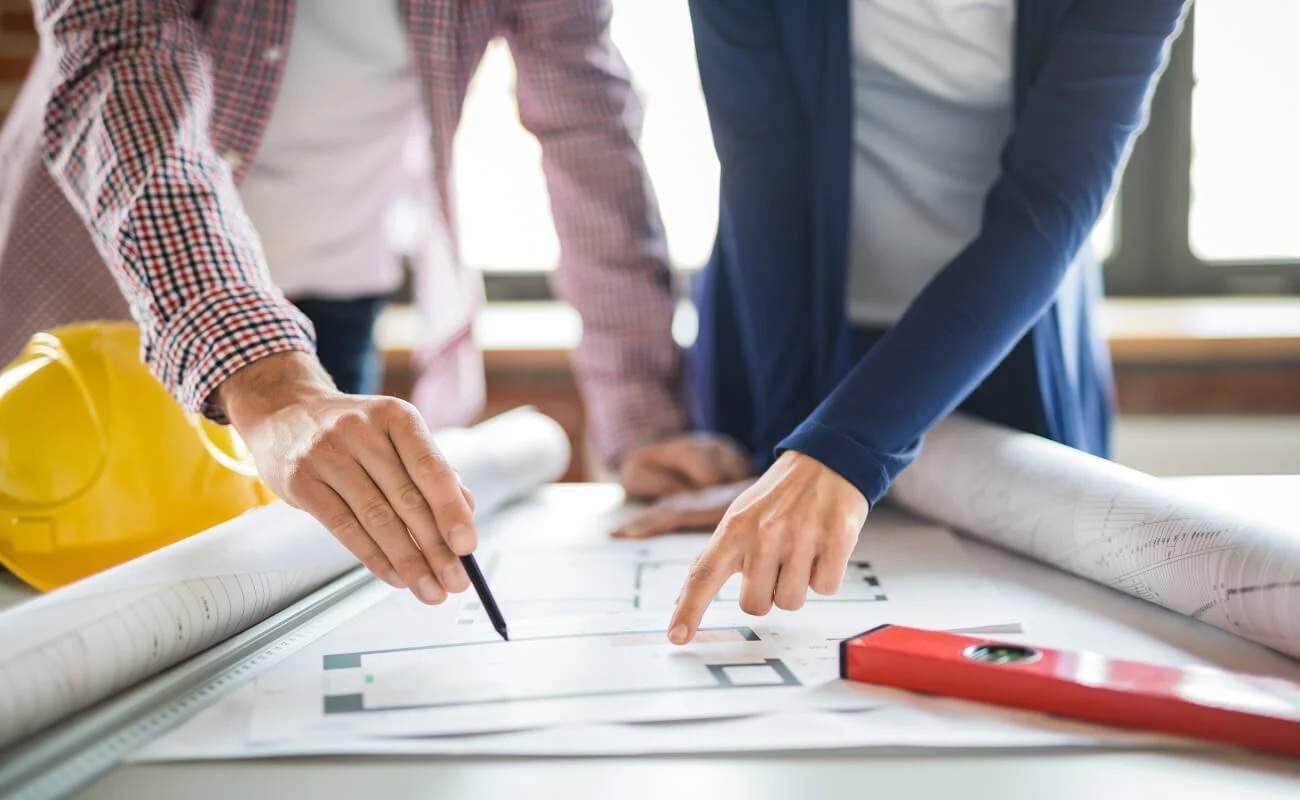
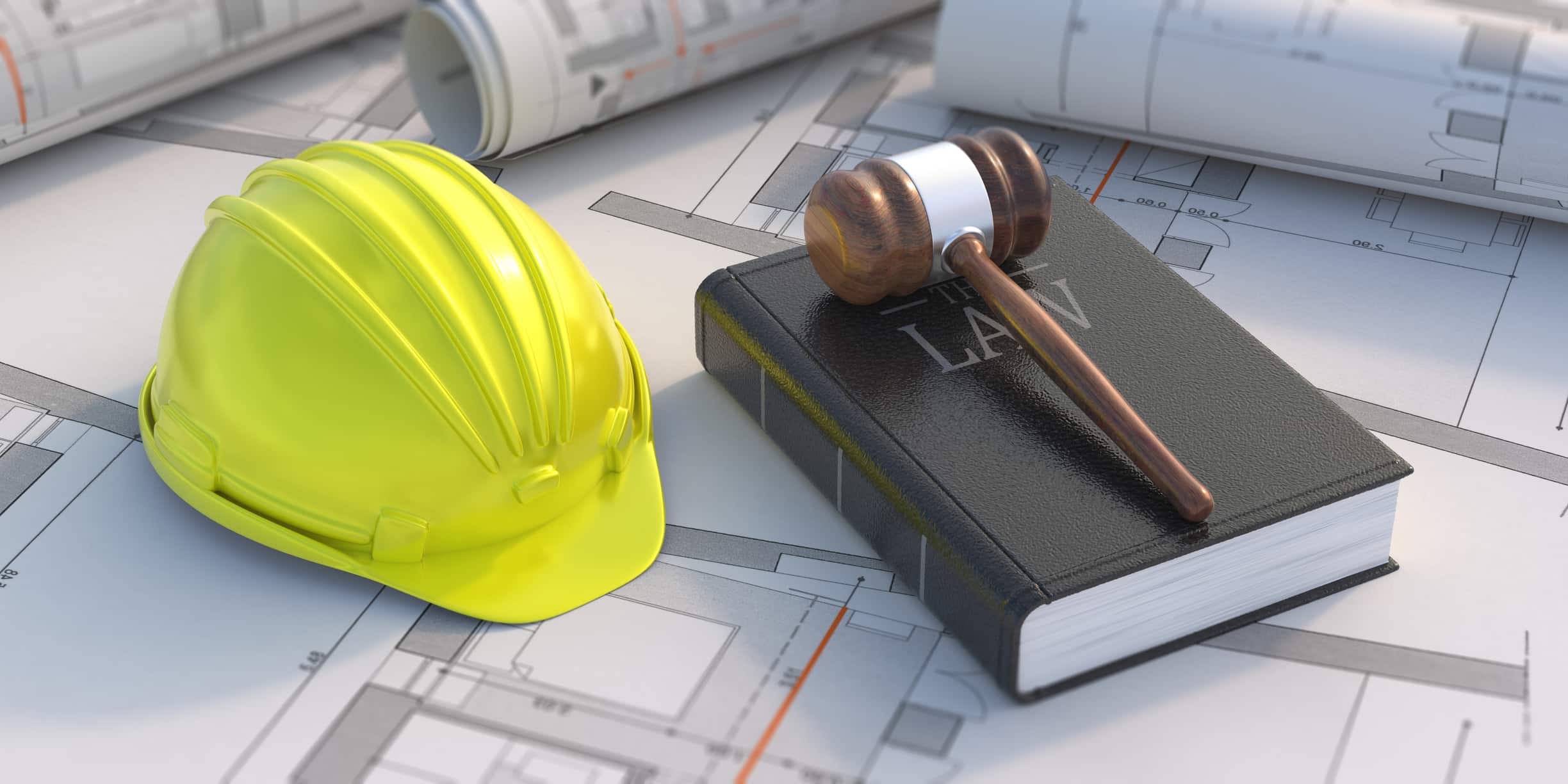
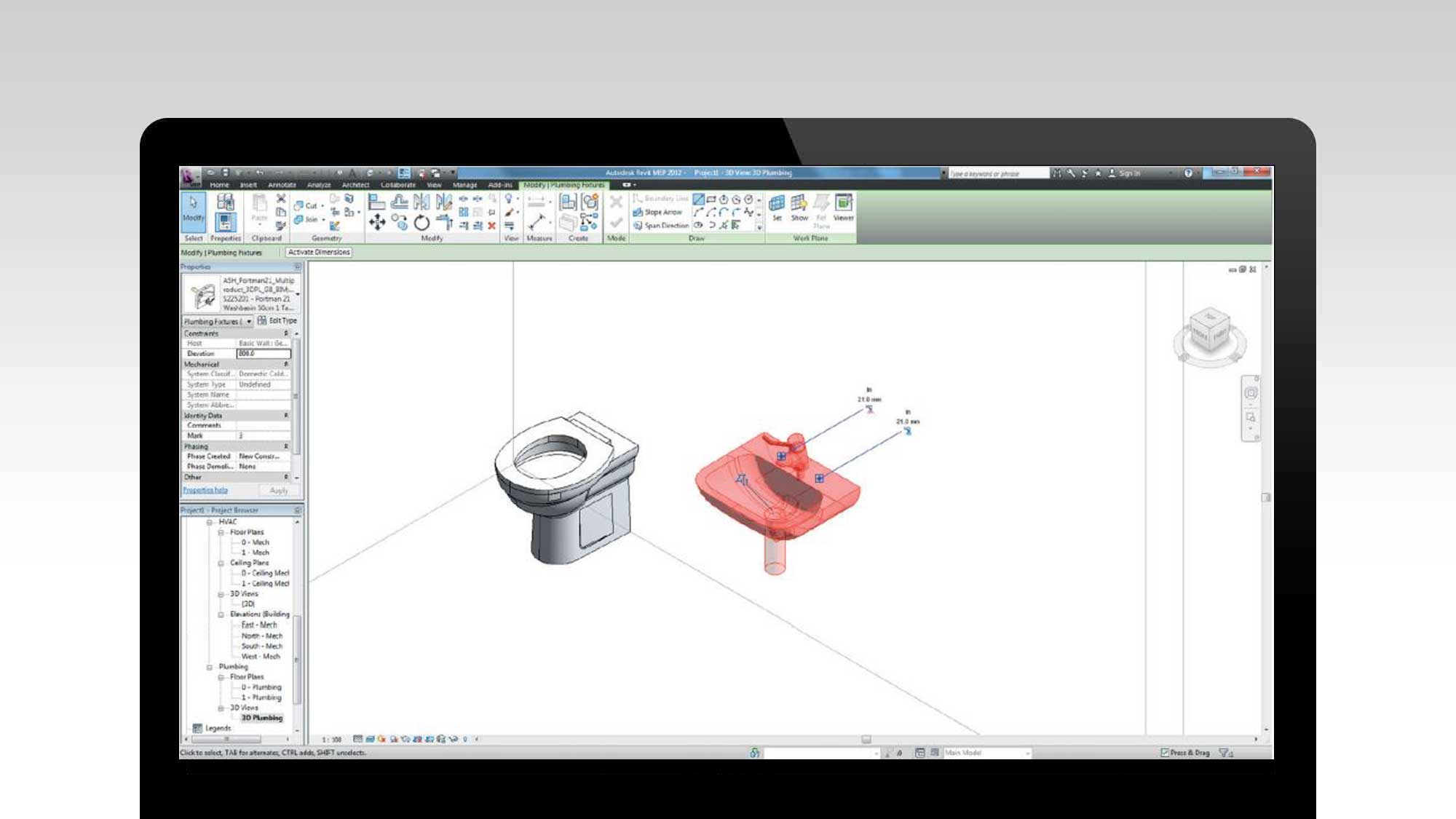
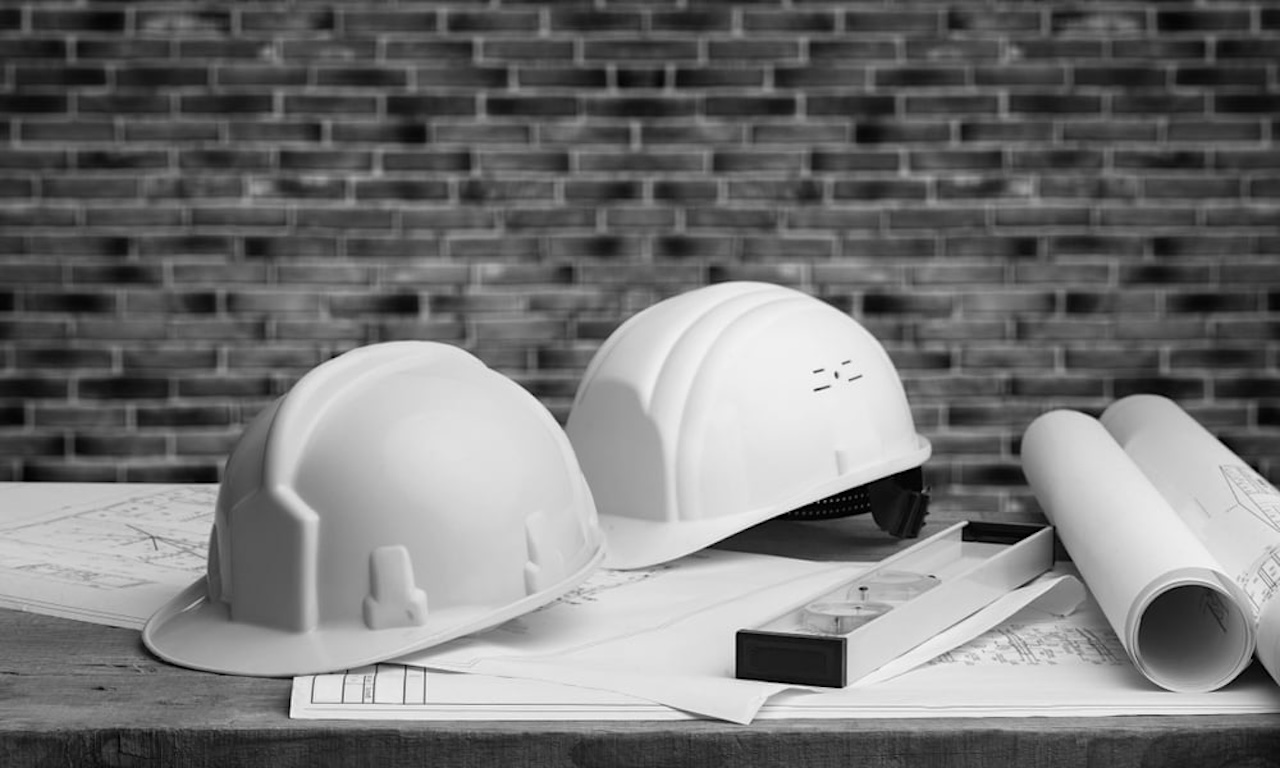

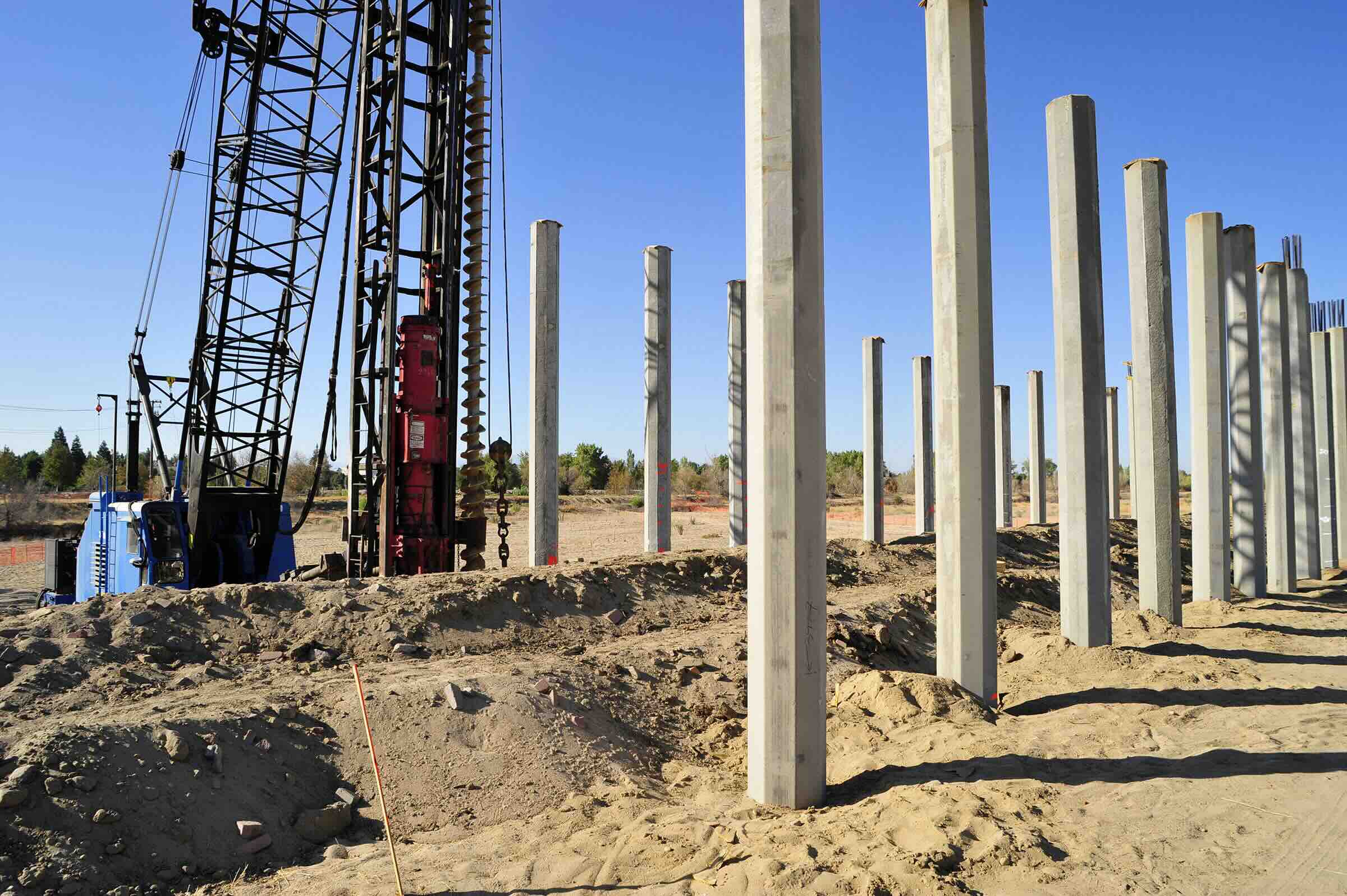

0 thoughts on “What Is A Facade In Architecture”